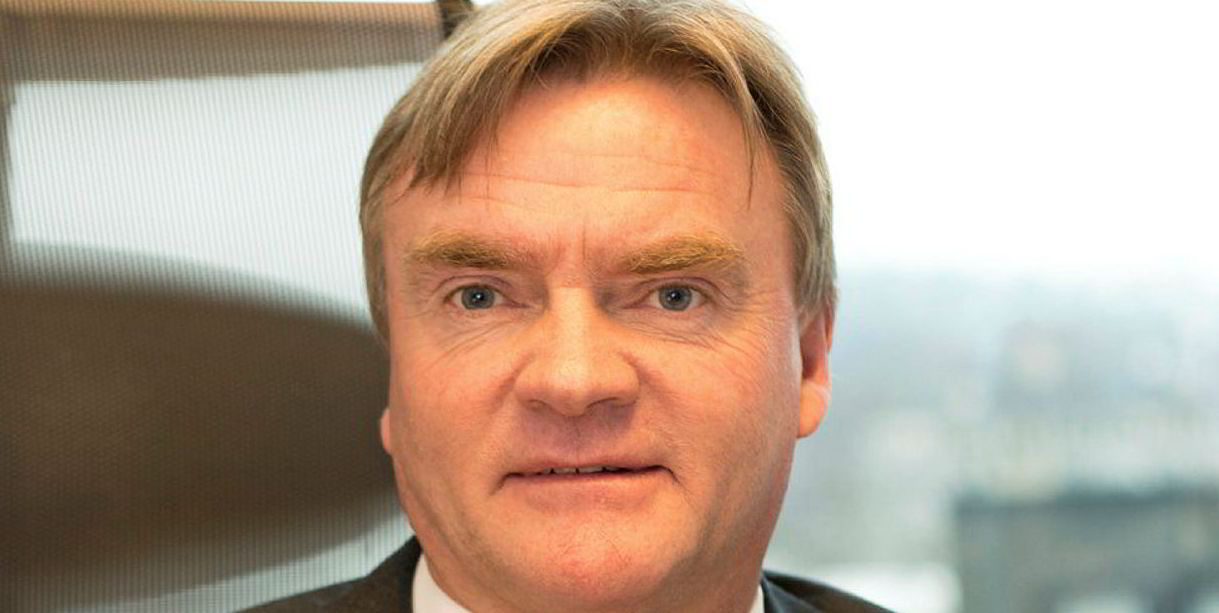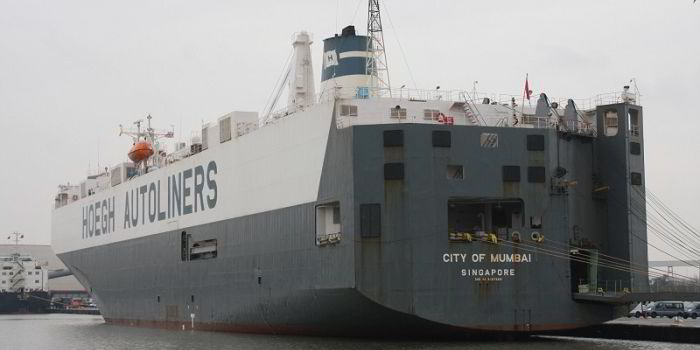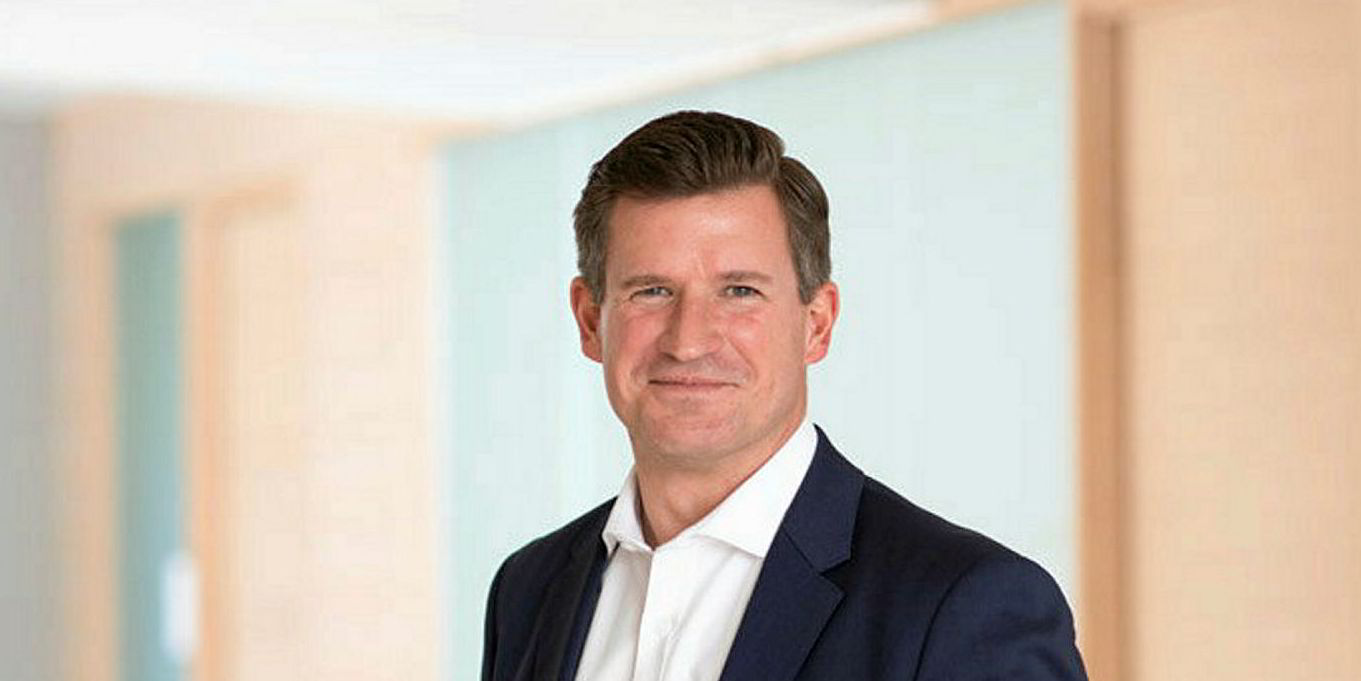Up to the collapse of Lehman Brothers in 2008, there was a shortage of car carrier capacity.
The fleet then included a lot of older vessels, many of which were scrapped enabling the market to recover from the economic downturn.
For example, in late 2009 Hoegh Autoliners’ decided to scrap eight car carriers in China.
However, an orderbook of more than 150 newbuildings meant the fleet quickly grew again and, when rates fell once more in 2016 and 2017, there were fewer older vessels to scrap. This is a factor behind the subsequent slow recovery — although 2016 saw almost 30 ships recycled.
Healthy position
Since then, the market has moved up and down, although Espen Hofland, Fearnleys’ head of car carriers and ro-ro chartering, believes it is healthier than three years ago, with most vessels employed, albeit mostly on short charters.
Fundamentals, despite the challenges, look promising for the next few years, he believes.
Hofland says rates bottomed out in 2016 at about $8,000 per day for ships of 3,500 ceu to 6,000 ceu chartered for a few months. This segment that suffered most and saw the majority of scrapping at the time.
Today, depending on the charter period, rates for these ships are well above $10,000 per day.
Panamaxes, which fell to about $13,000 per day to $14,000 per day, are now in the $15,000 to $20,000 per day range.
Sustainable rate levels of above $20,000 for panamaxes and $15,000 for midsize ships are needed, so there is still some way to go.
2020 game changer
Glenn Edvardsen, chief executive of United European Car Carriers, says the market is very good historically in terms of volumes.
“But in terms of rates it is bad, although I think it has reached the bottom and is on the way up,” he says.
Edvardsen adds that next year will be a “game changer” for shipping because of the new sulphur regulations. Demand could exceed supply and push up rates, while expectations of higher fuel prices will increase efficiency pressures on companies.
Michael Hynekamp, chief operating officer of Wallenius Wilhelmsen Ocean, says the past 12 months have seen rates stabilise. Recent highs at the end of 2018 and early 2019 have since levelled out.
The current rates do not justify newbuildings and that is probably why the owners are holding back
Espen Hofland
“The current rates do not justify newbuildings and that is probably why the owners are holding back,” Hofland says.
Newbuilding prices are also beginning to rise.
Recent ordering has been sparse and focused on smaller sizes for regional trades, especially in Europe and China.
Operators were previously investing in post-panamaxes of 7,000 ceu to 8,500 ceu first introduced in 2013.
Few 2018 orders
According to Clarksons, only two car carriers were ordered in 2017 compared with 42 in 2015. Only a handful were booked in 2018, with Clarksons listing just 23 newbuildings for delivery between 2019 and 2021.
In comparison, about 15 newbuildings were delivered in 2018 and 24 in the year before. Some deliveries are apparently now being put back.
Today, the newbuilding orderbook comprises less than 3% of the roughly 700-strong world car carrier fleet.
Tom Ossieur of Drewry says some car manufacturers are now concerned whether there will be enough carrying capacity going forward.
Alex Gregg-Smith, vice president of technical at Siem Shipping, says contributing to the lack of ordering may be the tremendous focus on costs by the car manufacturers in recent years.
“I think at some point they will have to face the situation, which Volkswagen is now doing in looking at this LNG project, one example of how it is possible to invest in car carriers,” he says, a reference to Siem’s latest state-of-the-art LNG-fuelled newbuildings for charter to the German manufacturer.





